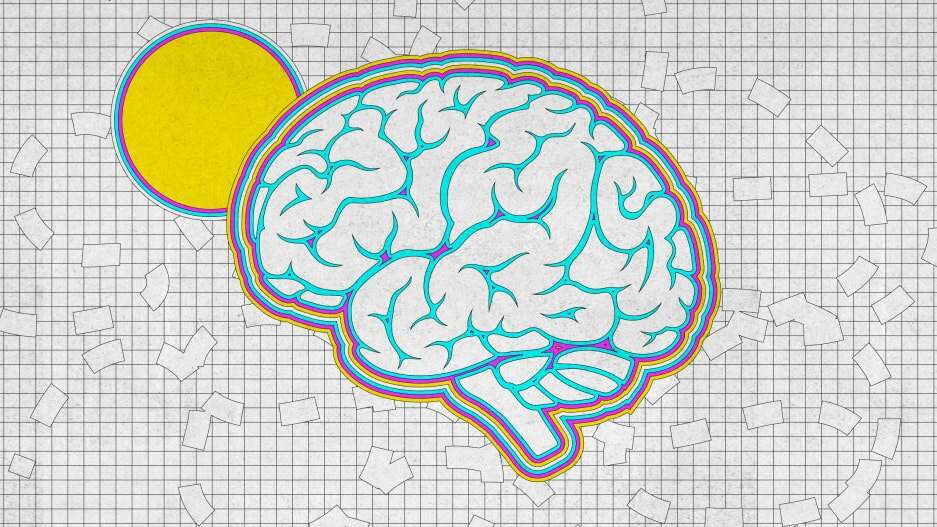- | 11:30 am
Why the design thinking process is so important: a primer
The design thinking process might seem mystifying at first glance—but the five-step process boils down to a human-centered design process intended to create innovative solutions based on real human needs.

The design thinking process is a two-pronged approach that involves both empathetic ideology and a process that aims to find the best possible solution for gaps in the market or problems in a given demographic or community. Big-name brands such as Apple and Samsung were quick to adopt this user-focused approach early on to help foster innovation in order to provide long-term positive solutions for users and clients.
Brands and companies that have adopted a design thinking process in-house know that innovation doesn’t come from being stagnant. They also understand that progressing and innovating for the sake of innovation alone isn’t the best method for creating products and solutions that consumers actually want and need—that’s where the human-centered approach comes in.
So what exactly is the design thinking process and why is it so important in the design and UX world? Read on to better understand the ins and outs of design thinking as well as some of the most popular tools of the trade.
WHAT IS THE DESIGN THINKING PROCESS?
The design thinking process is a nonlinear, solutions-oriented methodology that was created to help solve complex or ill-defined problems or gaps and opportunities in community-focused services, products, and general human-focused needs.
The core of the process involves reframing problems or holes in the market in human-centric ways. This helps designers shift the crux of the problem to be more tangible through drilling down to the most important aspects of the problem and determining how a solution can trigger long-term positive effects on a given population or community as a whole—rather than coming up with an easy short-term, quick-fix solution or underbaked product to fill a market need.
The main goal of the design thinking process is to identify alternative solutions that might not surface from linear thinking. This is achieved through being open to challenging assumptions, redefining what solutions can look like, and brainstorming and creating prototypes that can be tested and reassessed based on what works best for human-centered needs.
It allows designers to create better and longer-term solutions while placing emphasis on empathy and understanding what changes and shifts will serve the population most efficiently. Popular brands like Apple and Samsung, for example, were quick to adopt design thinking processes in order to best serve their customers while ensuring products could be easily integrated into consumers’ daily lives in an intuitive and user-friendly manner.
WHAT ARE THE FIVE STAGES OF THE DESIGN THINKING PROCESS?
The five-stage design thinking model as suggested by the Hasso Plattner Institute of Design at Stanford (a.k.a. the “d.school”) is one of the most popular modes of design thinking. According to the d.school, the five stages of design thinking include empathizing, defining, ideating, prototyping, and testing.
The first stage of the process, empathizing, involves user-centric research. This could look like immersing oneself in the users’ environment, engaging with users, and setting aside one’s own assumptions and biases. The second stage, the define stage, uses the research collected in stage one to define the core of the problem in a way that reflects the users, rather than the company’s bottom line.
The third stage of the design thinking process, ideating, moves into the idea generation phase of the process. After looking at the problem from different perspectives, designers brainstorm as many solutions as possible before moving into the prototyping and testing phases.
The final two stages of the design thinking process involve developing and testing various prototypes and ideas. The back-and-forth between testing and receiving feedback in the final stages is vital, and most prototypes will be tested and sent back to the drawing board multiple times before getting it right.
WHAT IS ONE OF THE TOOLS ASSOCIATED WITH DESIGN THINKING?
There are plenty of tools used in the design thinking process—but the first and most important tool is the concept of empathy mapping. Designers and UX professionals use empathy maps to help ensure the process takes users into account in a way that will allow them to prioritize their real needs and the solutions required to make long-lasting positive change.
Traditional empathy maps will have four quadrants—says, thinks, does, and feels—with the user or demographic in the middle of the quadrants. The “says” quadrant is reserved for what users have said out loud in an interview or during consumer research while the “thinks” quadrant is used for mapping out what users think throughout the experience or testing phase. The “does” quadrant reports on how users interact with the prototype or testing phase and the final “feels” quadrant provides space for designers to note down the user’s emotional state during the interaction.
The four quadrants help design professionals paint a full picture of what the user needs and feels in relation to a problem or hole in the market. This allows designers to get into the mind of the user to better put aside any assumptions or biases that they might have while also ensuring the prototyping and testing phases will be as close as possible to the best result or solution.








































